Legumes, vegetables, cheeses, figs and olive oil: health is in Cilento people's plates
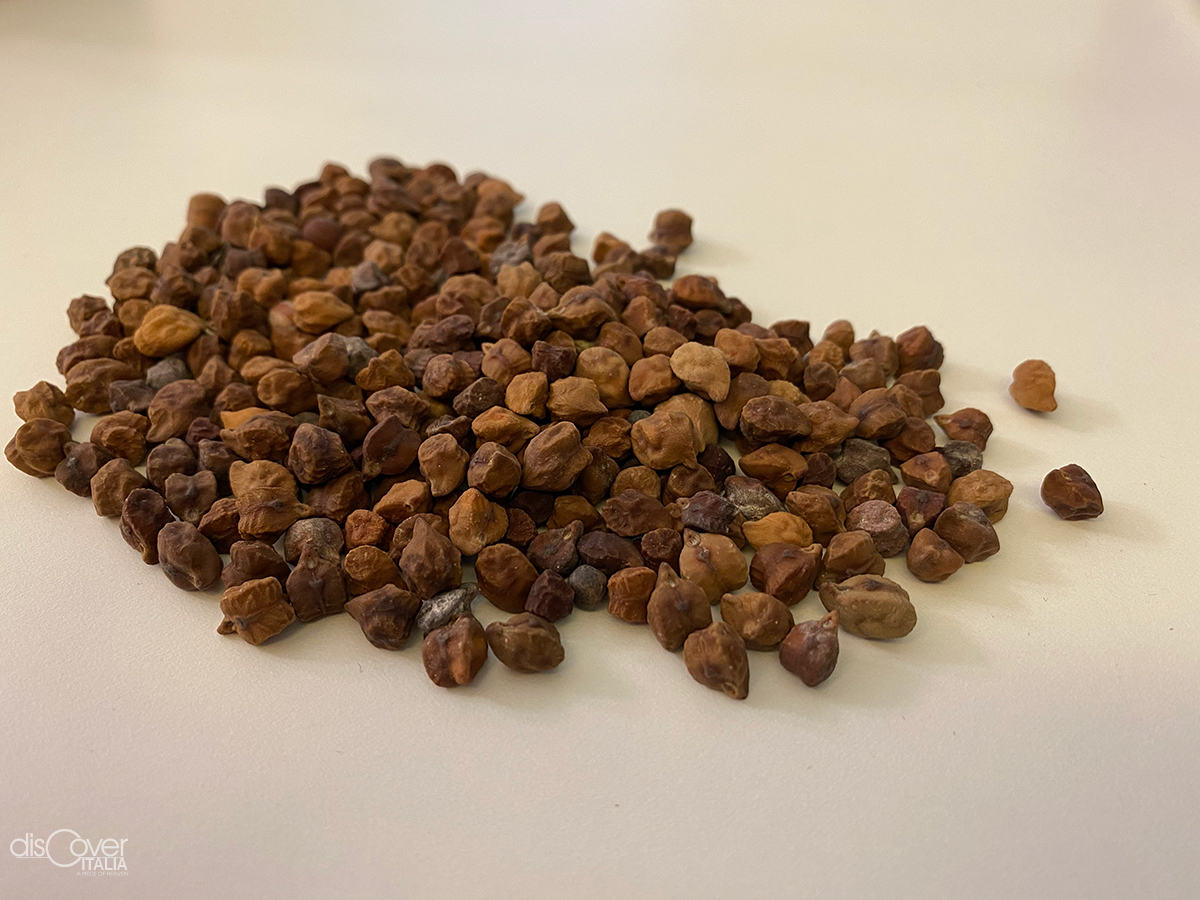
The manual of Mediterranean diet is written in the Cilento countryside and in the blue sea. In the version that has been handed down for centuries, with the simplicity of the family and community habits and the unawareness of its enormous consequences and potentialities. Until when an American scholar revealed them to the world, giving new significances to ancient practices, consolidated competences, daily tastes. Therefore, they have become a World heritage, to recommend and repeat even far from the land where they have their origins and their inspirations. But it is only in that territory, however, that there are the products which have generated and strengthened the dietary habits promoted as virtuous. Fishing and agriculture excellences, but also excellences resulting from the processing and transformation of the peculiar raw materials of the different areas of an extremely varied and generous territory, from the top of the Alburni Mounts to the coastal strip and the resources of the sea.
Among the strengths of the Mediterranean diet, bluefish dominates, with an indisputable predominance of anchovies. Cooked in different ways: arrecanate (which is a Neapolitan dialect term meaning that the dish is dressed with oil, salt, garlic, breadcrumbs and oregano and cooked in a pan), “in tortiera” (baked anchovies) or “‘mbttunate”, meaning stuffed with eggs and goat cheese before being fried. Menaica anchovies are cooked in a different way. They take their name from special and highly selective net with which they are caught especially in the area of Pisciotta. Freshly fished, these are the anchovies put in salt, instead of being used for the fresh consumption as well as many other fishes: tuna, swordfish, orata, stone bass. The union with quality extra virgin olive oil is fundamental. And in Cilento, where the olive tree arrived with the Greeks in the 4th century B.C, has a PDO since 1998 from the olives harvested in 62 municipalities of the Parc of Cilento, Vallo di Diano and Alburni. There are three different areas of Cilento productions corresponding to different cultivars: the oldest species: the Pisciottana, in the south, and the Salella in the west, the Ogliarola, the Frantoio and the Leccino in the rest of the region. The olives of the Salella species are excellent. They are kept in brine, after having beaten (with sea stones) and pitted them.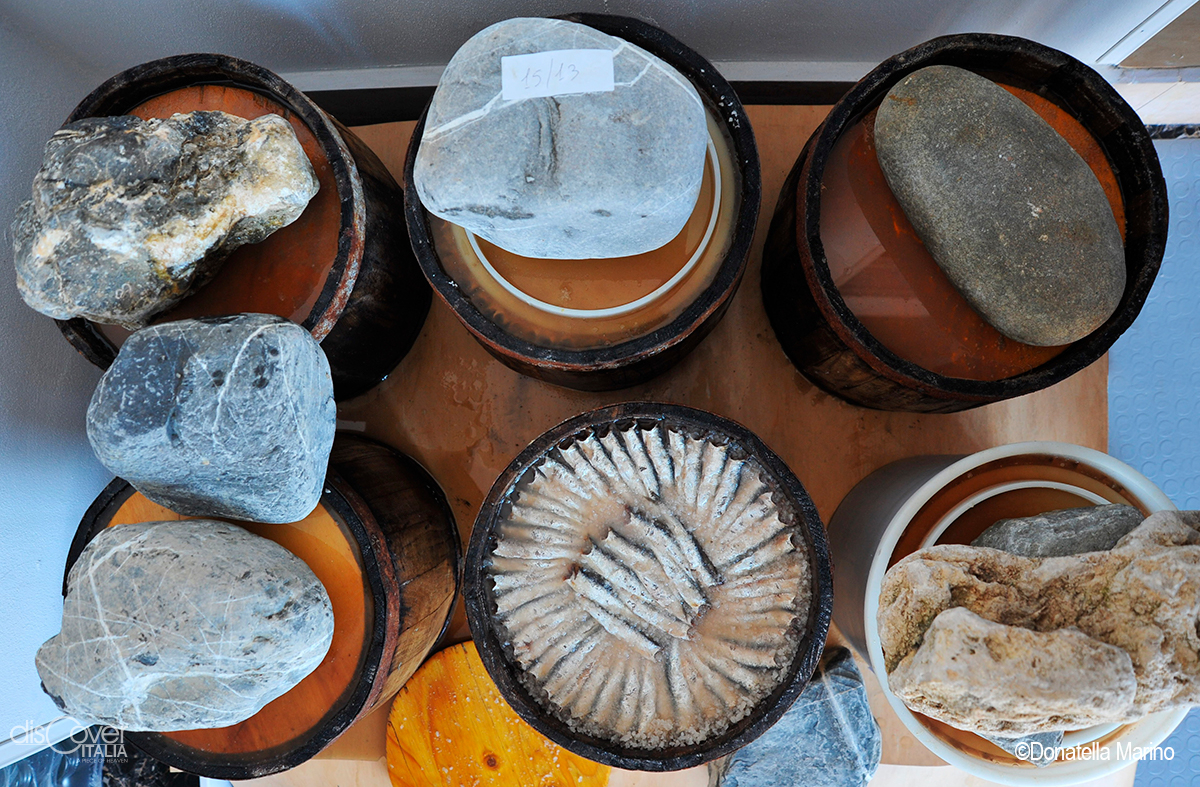
Oil is the the main condiment, able to enhance the peculiar flavors of Cilento vegetables. First of all the artichokes: the White Artichoke from Tanagro, grown in the lands of Pertosa and Auletta, without thorns and clear, to be tasted raw in thin slices; and the famous “Tondo (round) di Paestum”, the first of the big roman family produced during the year. Neapolitan farmers started growing it in the lands in the shadow of Poseidon temples, in the Bourbon era and nowadays it is widespread throughout the Sale plain. Every year, Gromola, a district of Capaccio/Paestum, hosts a festival between April and May.
Tomatoes cannot be missing. The Corbarino PDO growing between the vines, excellent for fish dishes, and the yellow tomato, very sweet and rich in vitamins.
Highly valuable, Cilento legumes excel in different typical recipes. The famous Controne bean, which grows at the shadow of the Alburni, is round, very white, with a thin skin. And the white bean of the Queen of Montano Antilia. Among the hundred Italian food specialities to save according to Slow Food. And then the chickpeas, companions of a soup with lagane pasta, produced in Finucchito, with a high protein content, and in Cicerale, ideal for soups and creams. Combined with the not less renowned onion of Vatolla.
In the pastures of the valleys and on the hills, sheep and goats graze. The famous cacioricotta cheese is the result of their mixed milk. This cheese becomes exclusively goat between June and August when the sheep don’t give milk. After a short seasoning, it can be eaten, preferably grated on fusilli pasta with tomato sauce. Caciocavallo Podolico and the burrito cheese called “manteca” are typical of the lower Cilento. Like Campania Felix, Cilento as well is a land of production of Campania Mozzarella PDO, with buffalo milk which gives to the soft white cheese an aroma of fresh grass. The mozzarella “inda ‘a mortedda” (meaning Mozzarella in the myrtle), instead, is from cow’milk, characteristic of the lower Cilento, where they wrap it with myrtle from which it draws a very delicate flavour.
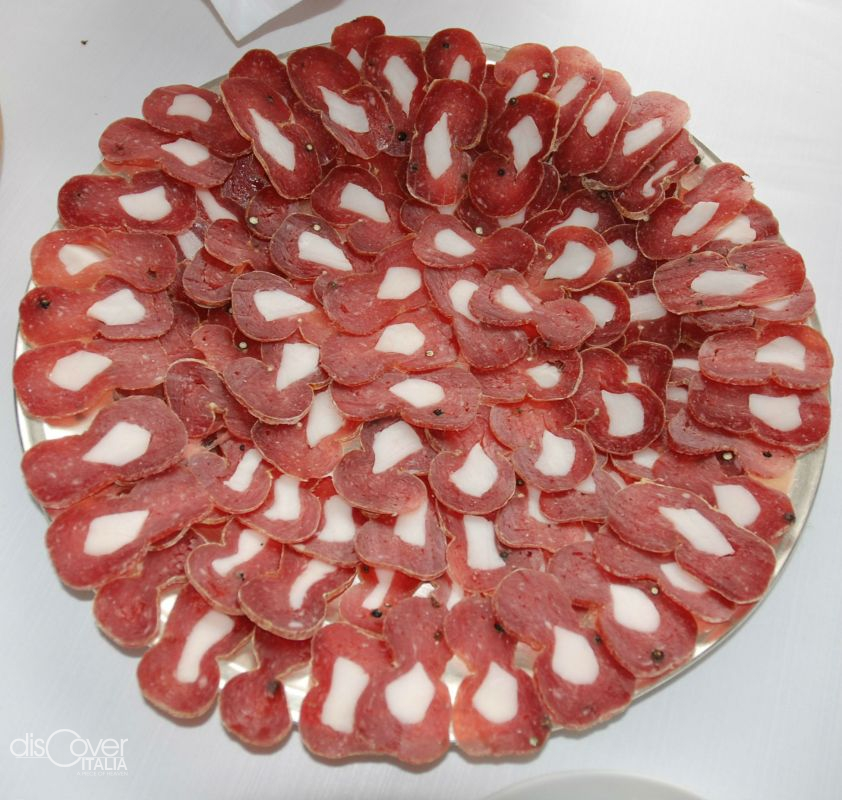
Excursions on the Alburni offer special encounters in the different seasons. In autumn, they are the kingdom of mushrooms: porcino, honey, parasol, ovolo, chanterelle, oyster mushrooms, St George’s mushroom. While in spring and summer, the undergrowth is full of wild strawberries, currants, blackberries, raspberries, as well as various aromatic, fragrant expanses of camomile and wild fennel.
Murzelletti, mestacciuoli and scauratielli are typical desserts, made with a dough steamed first before being flattened, cut into fine strips, fried and coated with Cilento honey.
A real typical delight is the Cilento white fig PGI. The Greeks were the ones who, in the 6th century, spread the generous tree, but the Romans as well were gluttonous of its very sweet figs. From Agropoli to Bussento, today there are 68 Municipalities in whose countrysides trees of the Dottato cultivar are spread. The fruits, after being subjected to the desiccation, mainly naturally under the sun, show a characteristic white skin. At that point, they are ready for the several traditional processes: coated with sugar or dark chocolate, dipped in rum and stuffed with almonds, nuts and hazelnuts and citrus peels, or put in sticks in pairs.
These delicacies deserve to be drunk with Cilento wines. The vines brought by the Greeks in Hyele (Elea) and in Paestum are the origin of the two OCD: Cliento and San Lorenzo.
In Cilento, at the roots of the Mediterranean Diet
“ A set of skills, knowledge, practices and traditions ranging from the landscape to the table”. With this justification, on 16th of November 2010, the Mediterranean Diet was included by Unesco in the List of the Intangible Cultural Heritage of Humanity. On this occasion, a Network of Unesco Mediterranean Diet Communities was approved and the Charter of Values was launched, the result of the theorist’s work of that particular diet and its benefits: the biologist Ancel Keys.
A set of skills, knowledge, practices and traditions ranging from the landscape to the table”. With this justification, on 16th of November 2010, the Mediterranean Diet was included by Unesco in the List of the Intangible Cultural Heritage of Humanity. On this occasion, a Network of Unesco Mediterranean Diet Communities was approved and the Charter of Values was launched, the result of the theorist’s work of that particular diet and its benefits: the biologist Ancel Keys.
During his research about the spread of cardiovascular diseases in seven nations of four continents, merged into the famous Seven Country Study, the American professor identified a place in the South of Italy, in the municipality of Pollica, where there was a high percentage of centenarians and, at the same time, the incidence of cardiovascular diseases, strokes and Alzheimer cases proved to be lower. With his wife Margareth, Keys bought a house in the district of Pioppi and settled there to continue his studies, which his colleagues Martti Karvonen, Flaminio Fidanza and Jeremiah Stamler joined. In that community with simple habits, they noticed a daily consumption of bread, pasta, many legumes and vegetables, fish and very little meat, fresh fruits and, only few times a week, sweets with refined sugar and honey and wine drunk moderately during meals. Extra virgin olive oil was the only source of fat. For Keys, this diet was at the origin of the longevity and the limited spread of certain diseases among the inhabitants. The theory identified seven emblematic communities of the Mediterranean Diet in Italy, Greece, Spain, Morocco, Cyprus, Croatia and Portugal. And the work of the American gave a great notoriety to the traditional dietary habits of Cilento inhabitants and other Mediterranean populations. Until the important Unesco recognition.
Keys lived in Pioppi for forty years, before returning to the United States, where he died few months later, over the age of 100. The Mediterranean Diet has assured its healthy protection also to the one who had revealed it to the world.

ilCilento suggestions: in Punta Licosa the vineyard that smells of the sea
Rest is only apparent. The earth, which has been generous again this year, is preparing to welcome the seeds of spring herbs among the rows of vines already almost bare.
THE RECIPE
Lagane pasta and chickpeas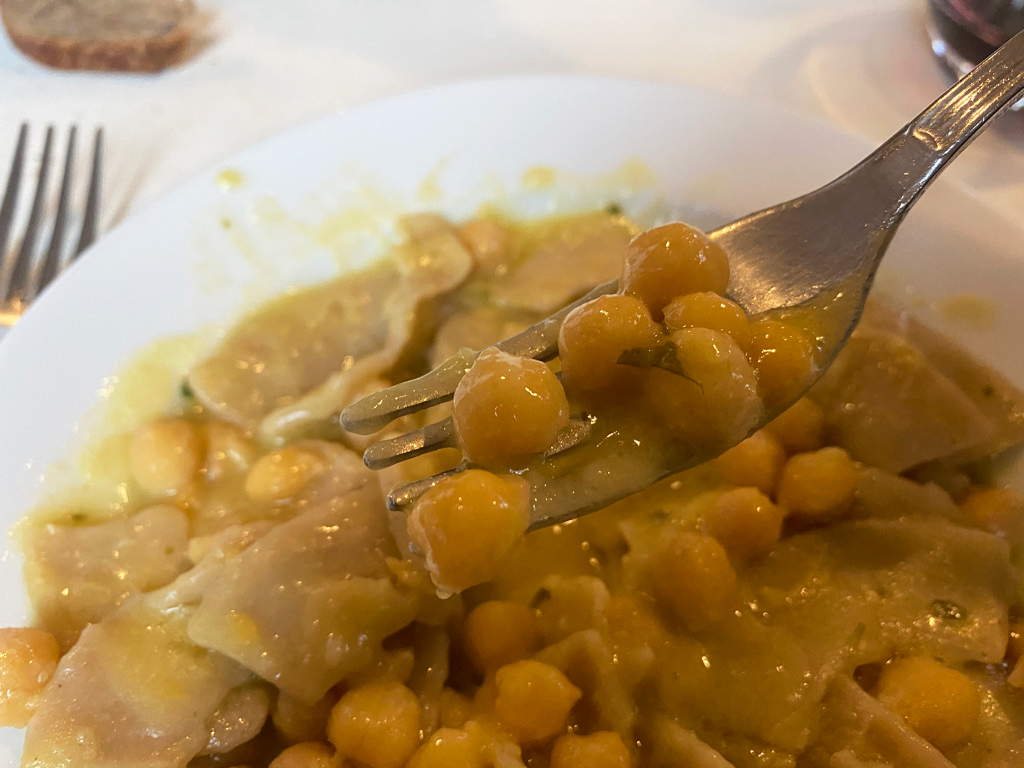
Water and flour, the simplest dough. The ancient Greeks already made strips of pasta that they called lagaron. Several centuries later, the flour was replaced by durum wheat flour and those pasta strips, rigorously air dried, became the lagane, the protagonists, in combination with chickpeas, of one of the main dishes of Campania cuisine, and Cilento particularly.
The dried chickpeas - the Cicerale ones are ideal- need to be soaked 24 hours before with abundant water and a pinch of baking soda. The mixture is made with water, semolina and salt for the lagane until forming a ball. Roll out the dough so that you can make strips of 15-18 cm in length and about 2.5 in width, which are left to dry for about one hour.
Cook a peeled and slightly squashed garlic clove with 2,3 tablespoons of extra virgin olive oil for one minute. Then add a handful of cherry tomatoes washed and cut in halves. Allow to flavour, then add the chickpeas which need to brown for one minute, before adding two glasses of water, letting the chickpeas stew for another 20 minutes.
After having set aside two tablespoons of whole chickpeas, add another glass of water and let it cook for ten more minutes. It is advised to use a large pot, so that you can add the lagane pasta to the watery mixture, letting cook for another three-four minutes on low heat, making sure that the soup wraps the lagane and do not stir it, but turn the pot. Few more minutes in order for the pasta to firm, turn it once, add salt if needed and let it cook for another minute. When cooked, add the chickpeas set apart, a little raw olive oil and an ancient, tasty dish is served to the table, which is also a perfect example of Mediterranean diet.
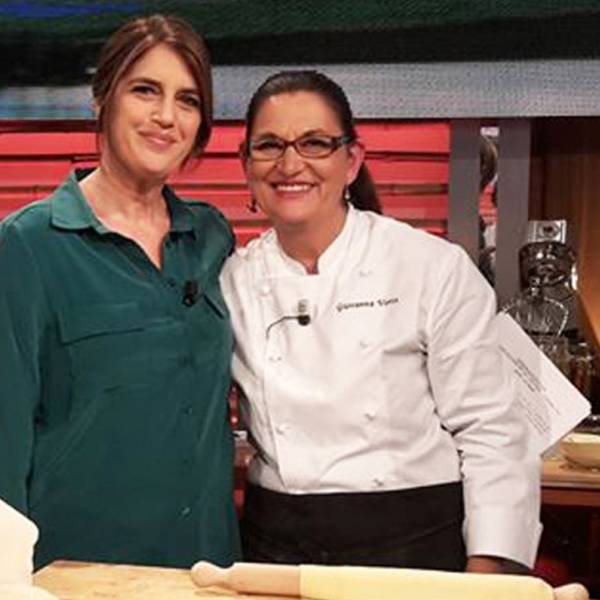
Giovanna Voria, the peasant chef that gave new life to Cicerale’s chickpeas.
Few more days and, with the first warmth of spring, the land of Cicerale will be ready to welcome the humble and precious chickpeas, that for centuries have intertwined their seasonal phases with the history of an entire community of Cilento. Risking to slowly disappear as that got thinner, impoverished by emigration that pulled its sons off from the solid peasant roots. Among the many, Giovanna Voria had been no exception.
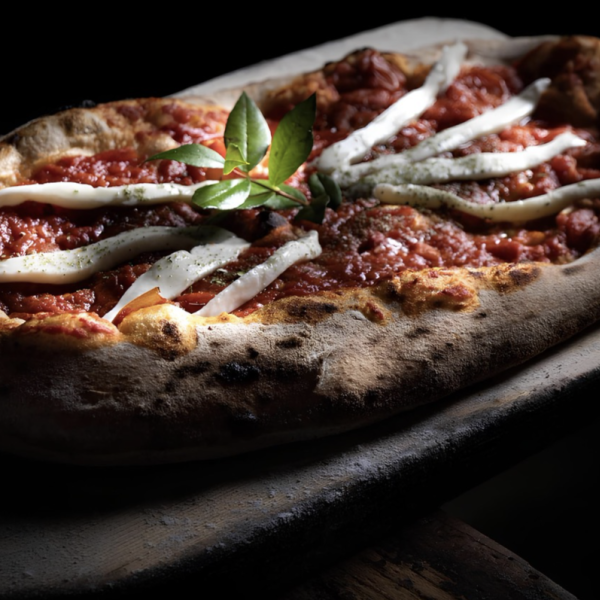
Cristian Santomauro, ultimo custode della pizza ammaccata cilentana
Non ci sono traduzioni disponibili Dal Cilento, Cristian Santomauro, ultimo custode della pizza ammaccata, si aggiudica il "The Best Pizza Identity" durante la cerimonia dei The Best Pizza Awards 2024.
Copyright video, foto e testi © 2020



Comments powered by CComment